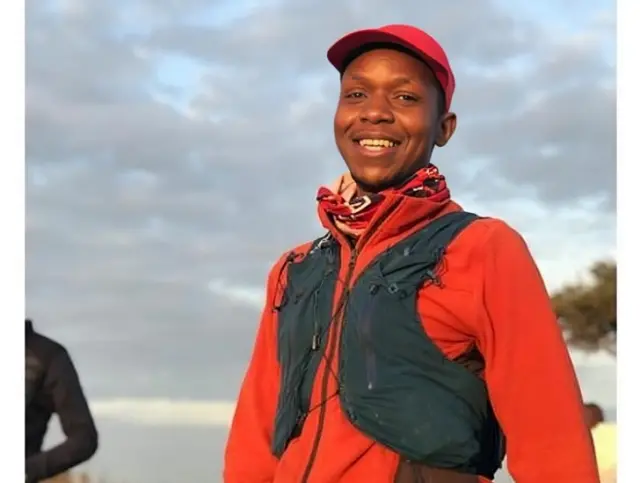
With a heavy heart, Kenyans are trying to come to terms with the death of mountaineer Cheruiyot Kirui.
Cheruiyot was on a daring mission to reach the summit of Mt Everest, without supplementary oxygen. His body was found a few meters below the summit of Mt Everest on Tuesday.
“With profound sadness, we share the news of Kenyan mountaineer Cheruiyot Kirui’s passing on Mt Everest. His body was found a few meters below the summit point of Mt Everest,” Everest Today said in a statement.
“His indomitable will and passion for mountaineering will forever be an inspiration. We extend our heartfelt condolences to his family and friends during this time of sorrow.”
Cheruiyot was a banker. He had climbed to the peak of Mt Kenya, 15 times.
It is a more painful affair for the families and friends of mountaineers because in most instances their bodies might never be retrieved.
Why Bodies are Left on Mount Everest
Known as “death zone” Mount Everest is situated above 8,000 metres (26,247 feet).
It is located in Nepal and Tibet, Asia, it is one of the deadliest mountains in the world.
The mountain holds final resting memories for climbers who do not make it home.
A publication by the Ultimate Kilimanjaro said the mountaineers are faced with extreme cold, dangerously low oxygen levels, and inhospitable conditions.
According to the Ultimate Kilimanjaro, the high-altitude environment and extreme conditions on Everest pose significant obstacles to recovery operations.
According to them, it is highly inefficient, impractical, and dangerous to move frozen bodies, which can weigh over 300 pounds (136 kg).
Helicopters are an exception to aid the recovery process because the highest elevation that helicopters can reliably land is Camp 2, located at 21,000 feet (6,400 meters).
This is due to air density on the upper slopes that cannot allow helicopters to operate.
In Mt Everest, above a certain altitude, there are not enough air molecules for the rotors to create enough lift.
The highest helicopter rescue ever on Everest was at 25,590 feet (7,800 meters) in 2013, done in calm weather conditions.
These conditions coupled with the high cost of body recovery make it impossible for most families to retrieve the bodies of their loved ones.
The costs associated with body recovery missions on Everest can be prohibitive, requiring substantial resources and expertise.
While some bodies have been identified and relocated for various reasons, the majority of fallen climbers remain on the mountain where they died, the Ultimate Kilimanjaro said.
The area of the mountain’s northeastern ridge route below Everest has been named the Rainbow Valley.
It is associated with the colourful down jackets of fallen climbers strewn across its landscape.
The Ultimate Kilimanjaro cited that some 300 people have died climbing Mount Everest and that there are approximately 200 dead bodies still on the mountain.
Read the original article on https://www.the-star.co.ke/







